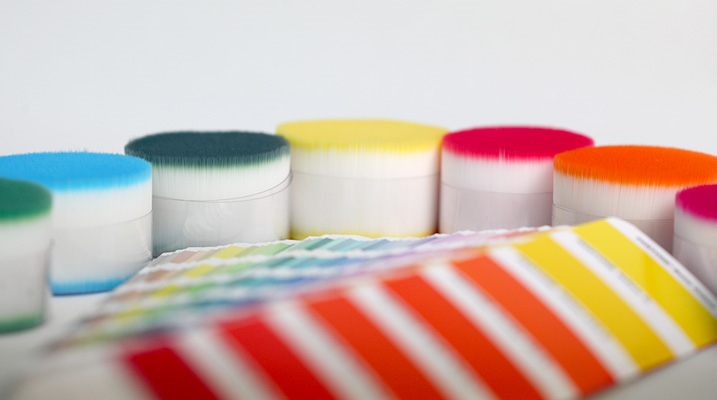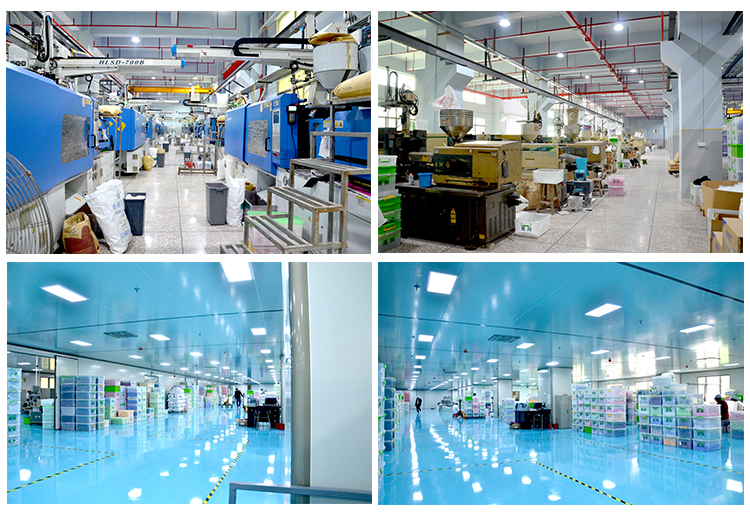Introduction:
The toothbrush, a daily tool in our oral hygiene arsenal, has evolved over the years to include various features aimed at improving its effectiveness. One crucial component that contributes to a toothbrush’s performance is its filaments. Filaments are the tiny bristles that come into direct contact with our teeth and gums, playing a pivotal role in removing plaque and maintaining oral health. In this article, we’ll delve into the diverse world of toothbrush filaments, exploring their types, materials, and the impact they have on our oral care routines.

I. Historical Evolution of Toothbrush Filaments:
To understand the vast array of toothbrush filaments available today, it’s essential to trace their historical evolution. Early toothbrushes featured natural bristles, typically sourced from animal hairs such as boar bristles. These bristles were effective to some extent but had limitations in terms of durability and hygiene.
As technology advanced, synthetic materials began to replace natural bristles. Nylon became the material of choice due to its durability, resistance to moisture, and cost-effectiveness. The introduction of nylon marked a significant leap forward in the evolution of toothbrush filaments, laying the foundation for further innovations.

II. Types of Toothbrush Filaments:
Nylon Bristles:
Nylon remains the most widely used material for toothbrush filaments. It is durable, flexible, and resistant to moisture, ensuring a longer lifespan for the toothbrush. Nylon bristles can vary in texture, with some designed to be soft for gentle cleaning and others featuring a firmer texture for more robust plaque removal.

Tapered Bristles:
Tapered bristles are designed to have a narrower tip, providing a gentler and more comfortable brushing experience. This design aims to minimize gum irritation while effectively reaching tight spaces between teeth.
Bi-Level Bristles:
Bi-level bristles feature bristles of different lengths on the same toothbrush head. Shorter bristles target the tooth surfaces, while longer bristles reach into the spaces between teeth and along the gum line. This design enhances the toothbrush’s ability to clean multiple surfaces simultaneously.

Charcoal-Infused Bristles:
Charcoal-infused bristles have gained popularity for their potential benefits in oral care. Charcoal is known for its natural antibacterial properties, and its incorporation into toothbrush filaments is believed to help fight bacteria and neutralize bad breath.
Micro-Filaments:
Micro-filaments are ultra-fine bristles designed to reach into tiny crevices and provide a thorough cleaning experience. These filaments are particularly effective for individuals with braces or other orthodontic appliances.

III. Impact of Filament Design on Oral Health:
Gum Sensitivity:
The type and design of toothbrush filaments play a crucial role in addressing gum sensitivity. Softer bristles, tapered designs, and bi-level configurations are often recommended for individuals with sensitive gums to minimize irritation during brushing.

Plaque Removal:
Effective plaque removal is a primary goal of any toothbrush. The design of filaments, including their length, spacing, and texture, influences the toothbrush’s ability to reach and remove plaque from various tooth surfaces. Bi-level and tapered bristles, for example, contribute to a more comprehensive cleaning process.
Orthodontic Considerations:
Individuals with orthodontic appliances, such as braces, require specialized toothbrush filaments. Micro-filaments and brushes with varied bristle lengths can navigate around brackets and wires, ensuring thorough cleaning without causing damage.

IV. Choosing the Right Toothbrush Filament:
Selecting the right toothbrush filament is a personal decision influenced by factors such as oral health needs, sensitivity, and individual preferences. Here are some considerations to keep in mind:
Bristle Softness:
Choose a toothbrush with bristles that match your comfort level. Softer bristles are ideal for individuals with sensitive gums, while those who prefer a more robust cleaning experience may opt for firmer bristles.
Specialized Filaments:
Consider any specific oral health needs you may have. If you’re prone to gum issues, a toothbrush with tapered or bi-level bristles may be beneficial. For those with orthodontic appliances, brushes with micro-filaments offer effective cleaning around braces.

Charcoal-Infused Options:
If you’re intrigued by the potential benefits of charcoal, explore toothbrushes with charcoal-infused bristles. Keep in mind that individual responses to charcoal may vary, and it’s essential to monitor its impact on your oral health.
Brand and Quality:
Choose toothbrushes from reputable brands known for their commitment to quality and oral health. Investing in a high-quality toothbrush ensures durability and effectiveness over time.
V. Innovations and Future Trends:
As technology and dental research progress, we can anticipate further innovations in toothbrush filament design. From the integration of smart technology to advanced materials with enhanced antibacterial properties, the future holds exciting possibilities for the evolution of toothbrush filaments.

VI. Conclusion:
Toothbrush filaments are integral to our daily oral care routines, and understanding their types and designs empowers us to make informed choices for our individual needs. From the traditional nylon bristles to the cutting-edge micro-filaments, the world of toothbrush filaments continues to evolve, contributing to improved oral health outcomes for individuals around the globe. As we navigate this diverse landscape, selecting the right toothbrush with the most suitable filaments becomes a personalized journey towards maintaining a healthy and radiant smile.





